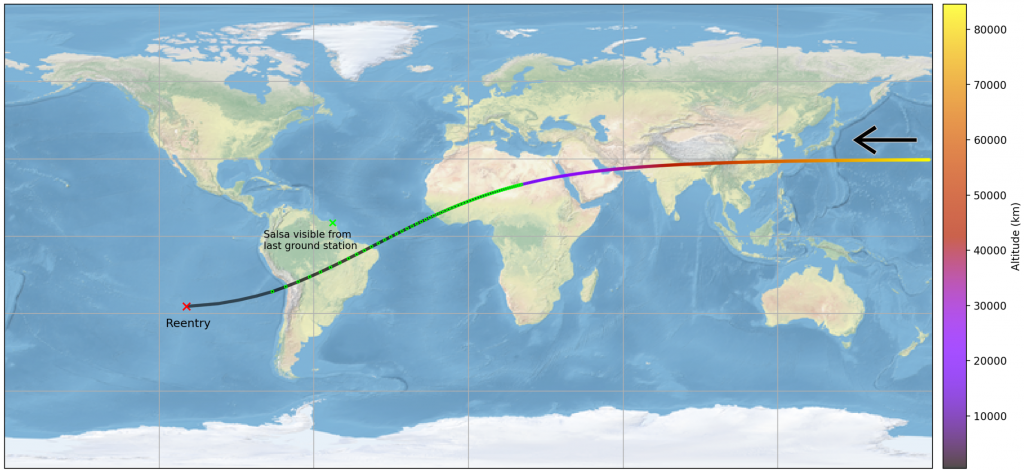ESA is sending a plane to watch the Cluster reentry for a unique airborne observation experiment. The team will be collecting as much reentry data as possible while the satellite is safely reentering Earth’s atmosphere to prevent the creation of new space debris.
On 8 September 2024, the first of four ESA Cluster satellites will return home and burn up in Earth’s atmosphere in an uncontrolled ‘targeted reentry’ over a remote area of the South Pacific Ocean.
In the nearly 70 years of spaceflight about 10 000 intact satellites and rocket bodies have reentered the atmosphere. Yet we still lack a clear view on what actually happens during a reentry.
The uncontrolled yet targeted reentry takes place at a specific location and time, making it possible to set up an airborne observation experiment. Scientists on board a small plane will try to collect rare data on how and when a satellite breaks up, which can be used to make satellite reentries safer and more sustainable in the future.

Ground track of Salsa’s reentry
Salsa’s reentry will take place safely over a very remote stretch of the South Pacific Ocean. The remoteness poses a challenge for the team flying out to observe it on a small plane from Easter Island. They have to be at exactly the right time and place, safely on the edge of the no-fly zone.
It will be a team effort, and we’re very excited to work on the airborne observation campaign together with our partners led by Astros Solutions. Read all about the airborne campaign.
To find out more about the reentry and what we hope to learn from the end of the Cluster mission, see our frequently asked questions page.
Follow this blog for updates. We will also be sharing updates on @esa_Cluster, @esaoperations and @esascience on X, as well as on the ESA Operations and ESA Space Safety LinkedIn pages.

Discussion: no comments